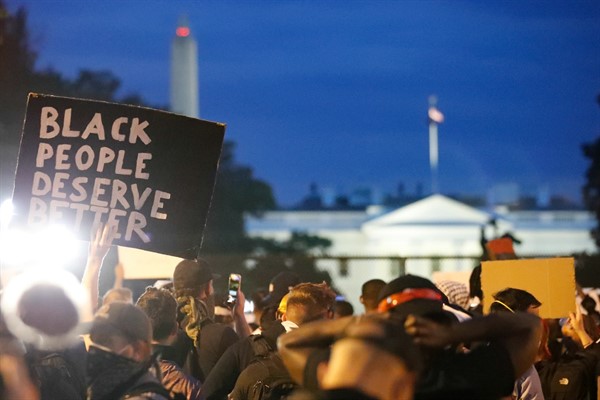As a young boy in an internationally minded African American family in the Washington D.C. of the 1960s, I avidly collected stamps from other countries and visited the city’s embassies for the kinds of promotional publications countries put out about life back home in their societies in the pre-internet age. One of those embassies represented Moscow.
It was the height of the Cold War, not many years after the famous 1956 remarks by Soviet leader Nikita Khrushchev, in which he vowed to “bury” the United States and its Western allies. Less well remembered, during a visit to Los Angeles three years later, Khrushchev also proclaimed: “We are happy with our way of life. We recognize its shortcomings and are always trying to improve it. But if challenged, we shall fight to the death to preserve it.”
Of all the free diplomatic publications I amassed back then, the one that fascinated me most was something called Soviet Life. It was a lavishly produced affair, obviously patterned after America’s own Life magazine. As a child, I was already familiar with America’s own grave racial divide because of lively household discussions and direct personal experience with almost entirely segregated neighborhoods and schools. But it was brought home to me with force in 1968, after the assassination of Martin Luther King Jr., when much of heavily black Washington went up in flames, a curfew was imposed, and hundreds of National Guard troops were stationed on our very street corner.

